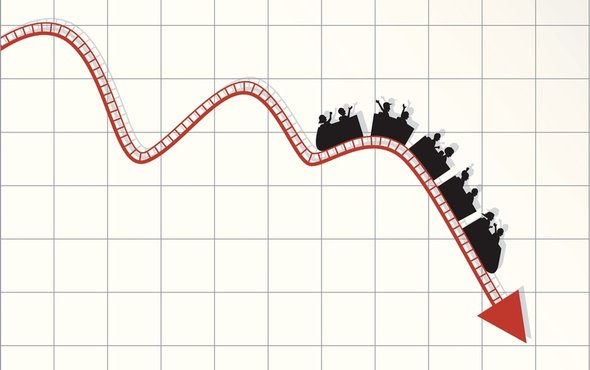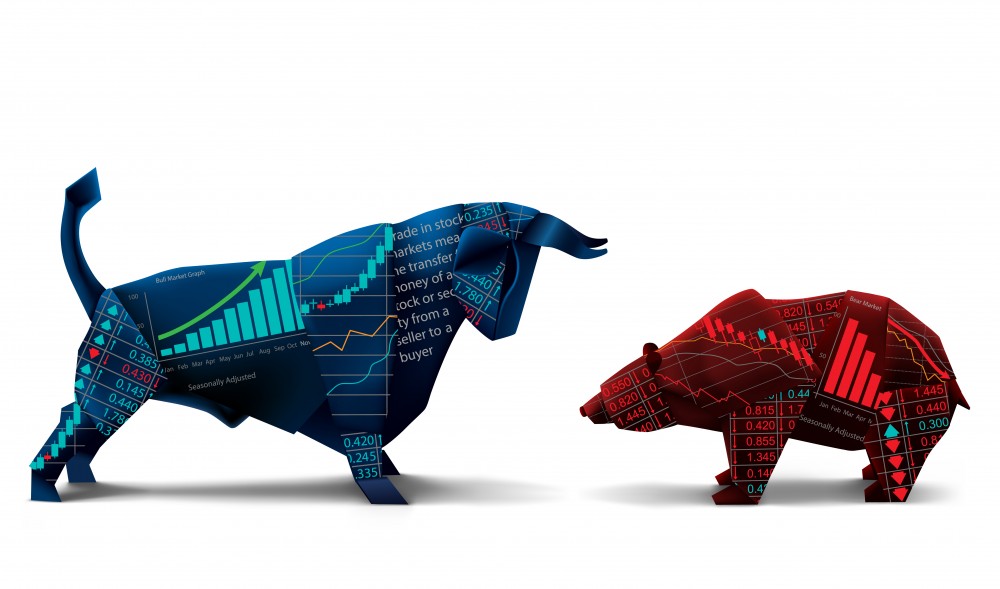In today’s market, after nearly a decade of low volatility and steadily rising stock prices, it is easy to forget the turmoil that gripped the stock market, and the world, in 2008-09.
Even though a crash might seem a million miles away currently, you never know when the next decline might arrive, so it is always best to prepare for the worst. The best way to prepare is to read accounts of investors given at the time.
This will not give you answers as to when the next crash will arrive (all but impossible to predict), but it will provide a sort of template as to what goes on.
Learning from Klarman
One of the most fascinating accounts of investing during the crisis comes from Seth Klarman (Trades, Portfolio). In February 2009, Klarman wrote an article in Value Investor Insight titled, “The Value of Not Being Sure.” Within the article, he detailed how he was investing in the crisis and why he thinks fear is such a great motivator.

Continue Reading →










